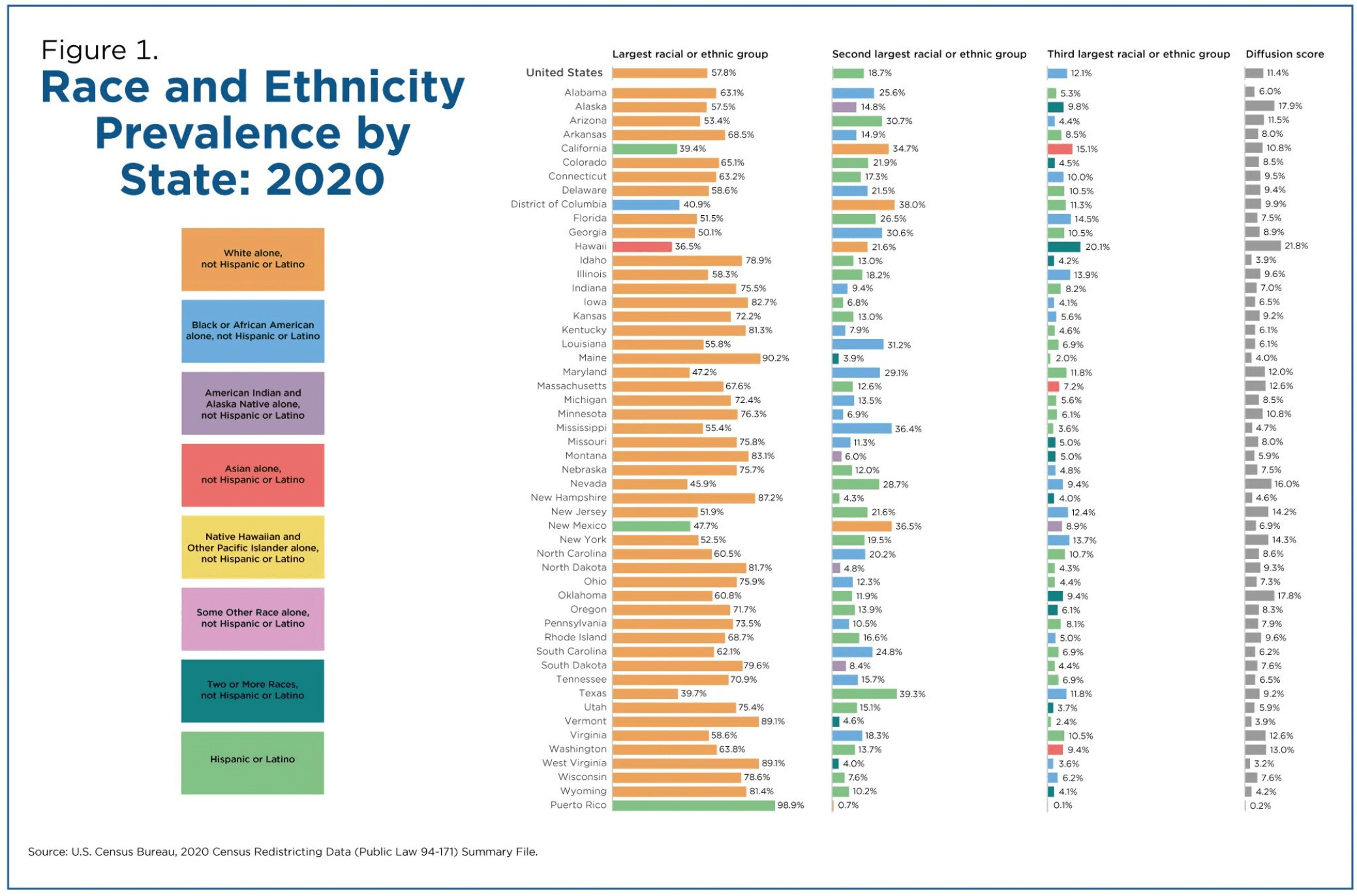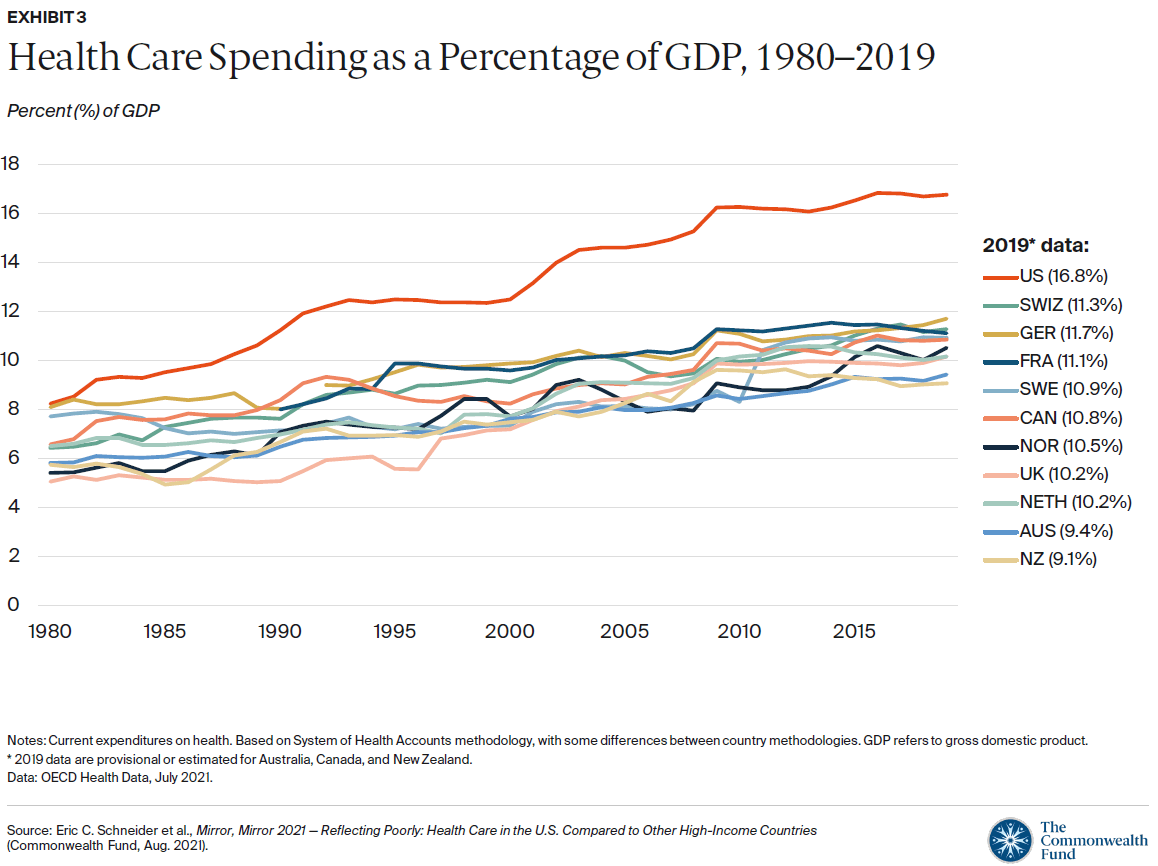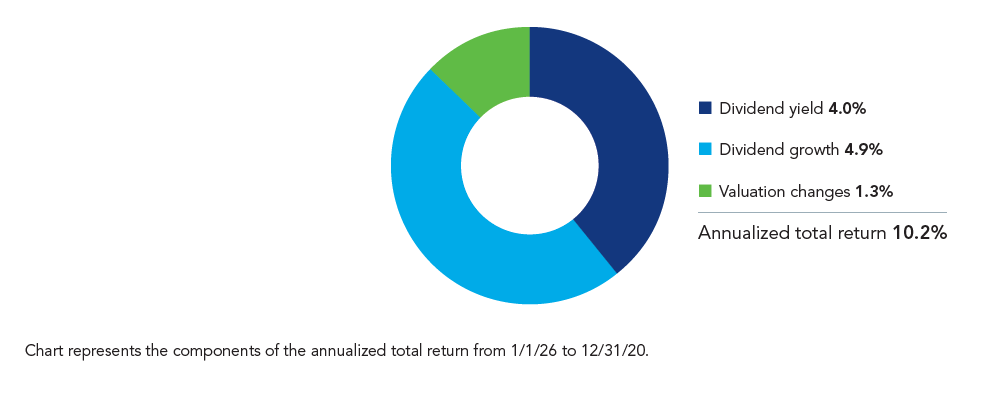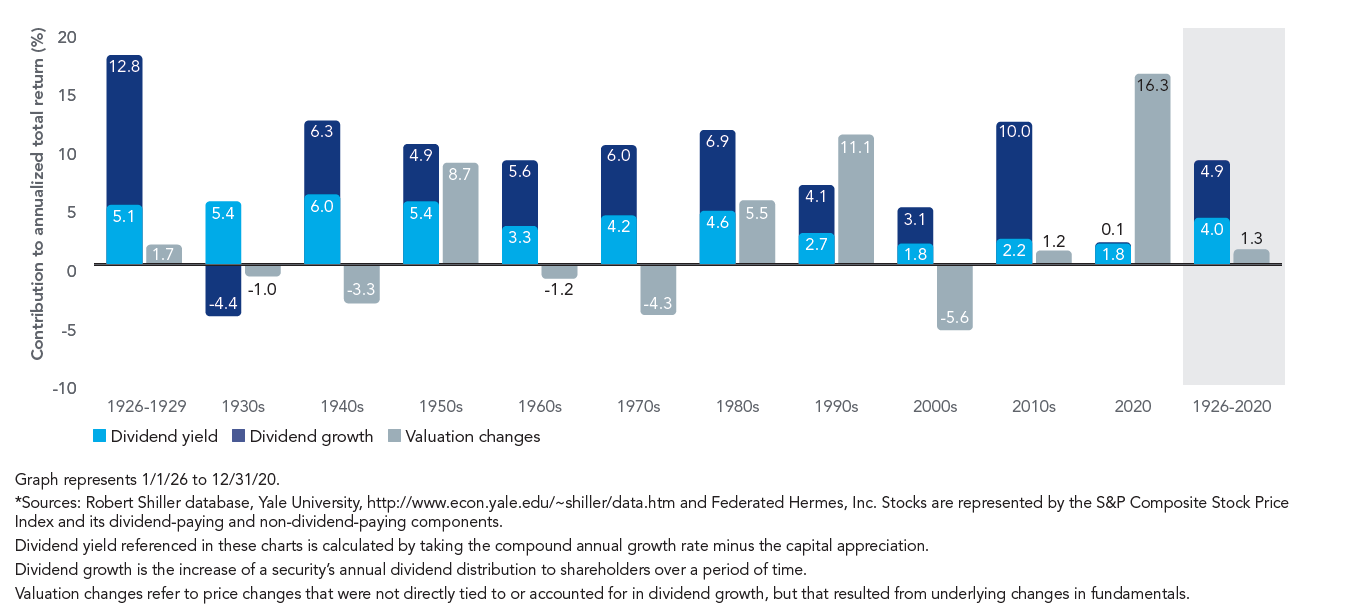The 2020 Olympics ended in Tokyo, Japan recently. Held during an ongoing pandemic with no spectators present in stadiums this was one of the unique Olympics held in modern times. I came across the following infographic on the medals awarded to winners. The composition of metals that these medals are made up of is interesting. For example, the gold medal is just 1.2% gold. Another fascinating fact is this was the first Olympics in which all the medals were made from recycled materials. It took two years to extract the metals from donated electronic goods and manufacture the nearly 5,000 medals.
Click to enlarge
Source: Compound Interest






